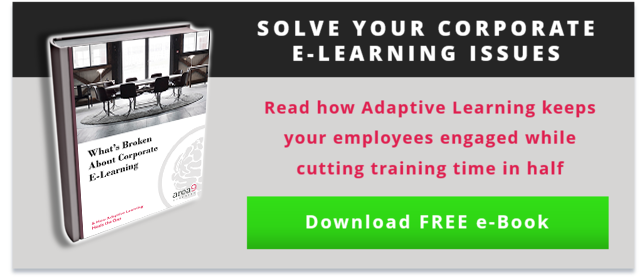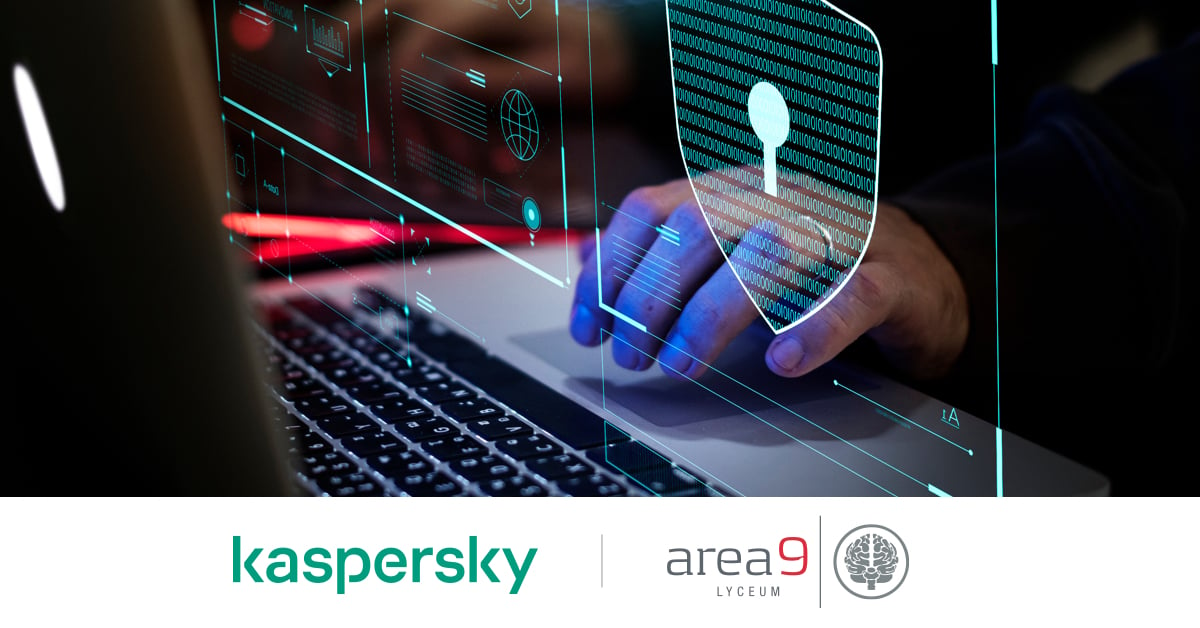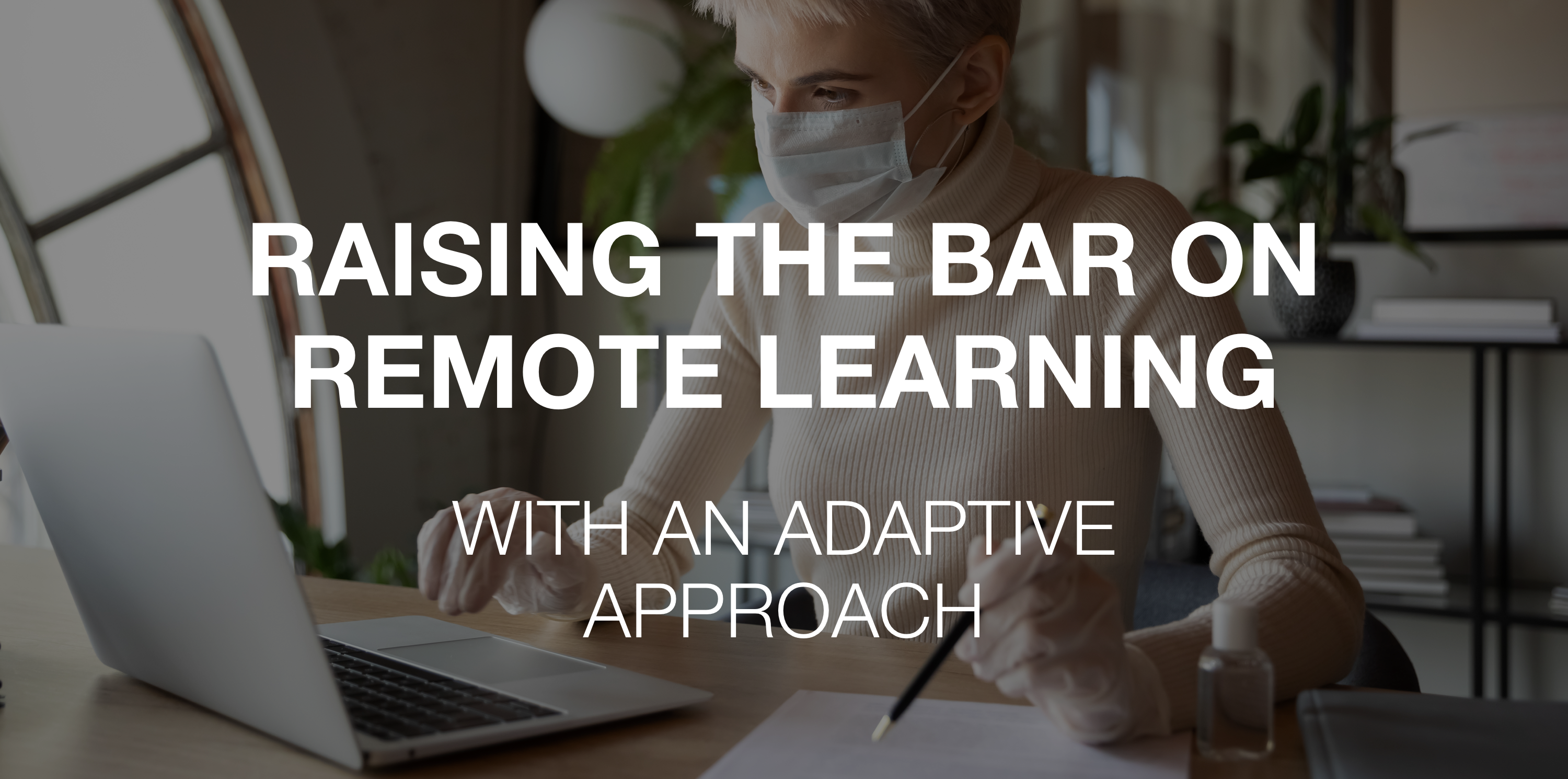One of the many benefits of using an adaptive learning platform is the amount of data generated to personalize learners’ experiences, based on what they have already mastered and where they need reinforcement. While the depth and granularity of such data are typically viewed positively for effective corporate learning and development (L&D), in some instances it could be perceived as problematic.
One area of concern is the General Data Protection Regulation (GDPR) enacted in 2018 by the European Parliament to protect personal data. GDPR defines such data as information that can be linked to an identifiable person, whether directly or indirectly. In our work with EU clients, Area9 has always satisfied all regulatory requirements about data privacy and how client data is used. This includes data encryption and security to guard against unauthorized sharing of personal data. But for some employers, GDPR compliance is not enough when considering how learner data is gathered and used by adaptive learning platforms in corporate L&D.
In banking, for example, concerns about data gathering and analysis are particularly heightened. European banks may perceive a high risk, given that data could conceivably highlight differences among people based on their knowledge and skills and their need for development. Such data could be seen as segmenting the workforce, which is deemed unfair and, in some cases, unlawful. Further, any data gathered could be examined by regulators and possibly raise issues about the preparedness of the workforce.
When viewed through the lens of these perceived risks, the visibility of learner data becomes troublesome. To guard against such risks, it might even seem wiser for European banks to avoid learner data collection and analysis altogether.
Fortunately, adaptive learning has a solution to elevate data privacy. Just as a car’s fuel system can use sensor data to adjust in real-time to the demands of the engine without the driver ever seeing that data, adaptive learning can adjust in real-time to help the learner while keeping the data completely inaccessible. The platform becomes “situationally adaptive,” thanks to the use of artificial intelligence (AI) to drive the adaptive algorithm.
Based on how learners answer the questions, the system determines which content to present next—e.g., new content when mastery is demonstrated or supplemental instruction when knowledge gaps persist. With adaptive learning, the learner also revisits content to help improve retention. Thanks to AI, all this can be done without human intervention.
AI preserves the primary purpose of the learner data, which is to drive personalization of the learning experience, yet can ensure that data is not used for performance evaluation. This will enable people to learn faster and gain competency more quickly and efficiently, while preserving the invisibility and anonymity of learner data generated by the adaptive learning platform.
the learning experience, yet can ensure that data is not used for performance evaluation. This will enable people to learn faster and gain competency more quickly and efficiently, while preserving the invisibility and anonymity of learner data generated by the adaptive learning platform.
Adaptive learning is a proven solution, combining the latest in computer science with a deep knowledge of cognitive science. For corporate L&D, adaptive learning promises many benefits, including: greater time efficiency to achieve competency; greater competence to support better outcomes; and personalized learning across heterogeneous groups with different backgrounds, experiences, and knowledge.
A traditional “one-size-fits-none” approach, whether online or classroom-based, is neither efficient nor effective because it lacks the required personalization, which is increasingly important in today’s technology-enabled workplace. Across all industries, knowledge and skill requirements are changing and expanding in response to technological in-roads. As consulting company Cognizant observed in a recent report, “Whether you work in the front office, back office or the C-suite, you’ll soon need to know how to collaborate with artificial intelligence (AI) systems. Indeed, the rise of automation and AI is raising questions about the employable skills, attitudes and behaviors necessary for people to participate in the future of work.”
Banking has gone through massive, disruptive change over several decades, from the introduction of the ATM, which first appeared at a Barclays bank branch in a London suburb in 1967, to blockchain. For bankers, proficiency in customer service requires knowledge of the latest products and services, as well as how they meet the needs of retail customers and businesses.
Given the nonstop rollout of banking products and services, as well as regulatory and compliance requirements in the industry, keeping the workforce up-to-date and well trained is essential. This includes customer-facing roles as well as back-office and other functions.
When addressing bank employees’ learning needs, it is vital that data not be used in any way that is unfair or violates data privacy. Rather than forego the benefits of adaptive learning because of potential data privacy concerns, the banking industry can empower employees through compliant, AI-driven systems that help learners while keeping their performance confidential.
Nick Howe is the Chief Learning Officer at Area9 Lyceum.
You can reach him at nick@area9.dk









